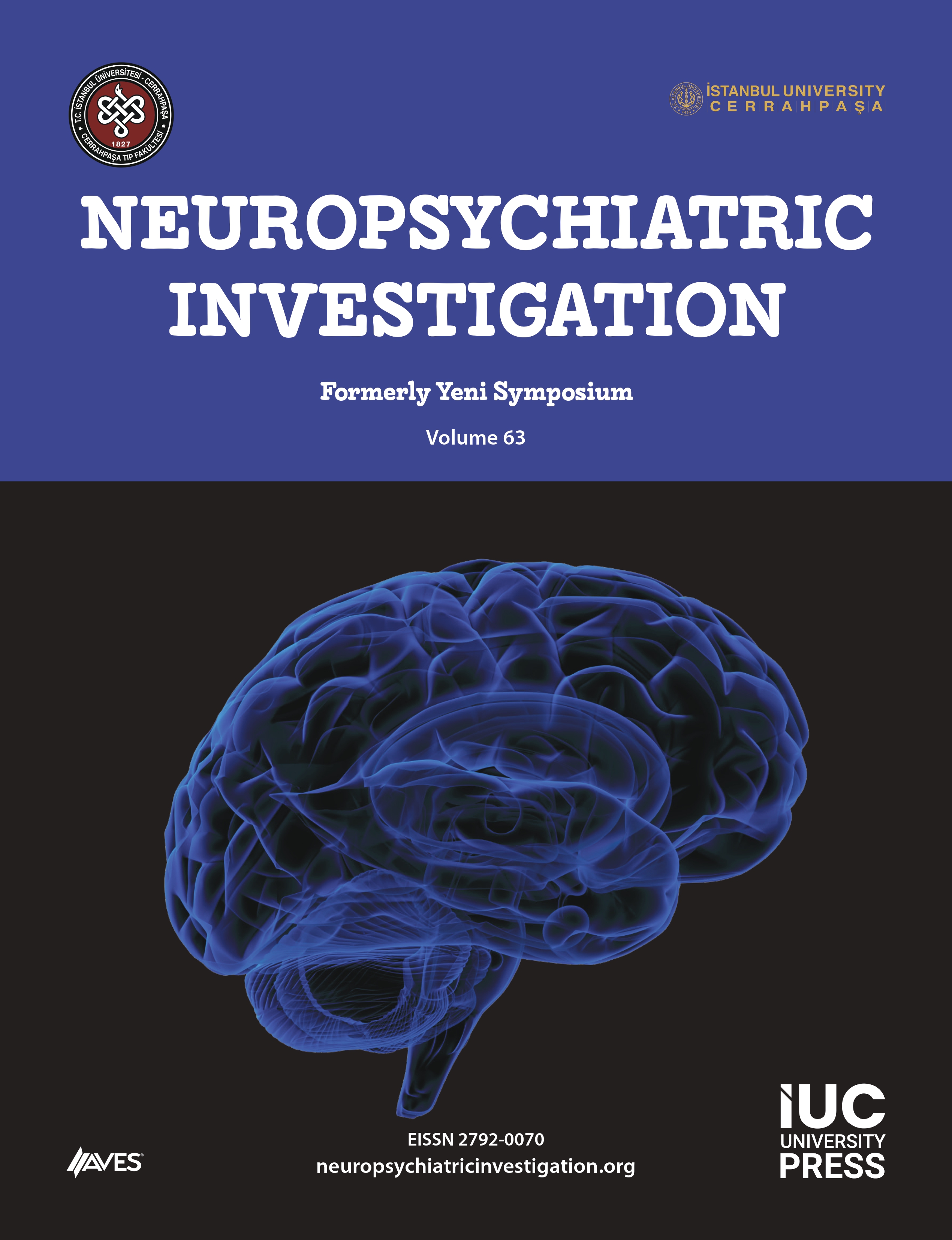Objective: To investigate the rate of tattooing, tattoo characteristics, the relationship between tattoo properties, and impulsivity levels in patients with substance use disorder (SUD).
Methods: Four hundred patients with an SUD diagnosis according to the Diagnostic and Statistical Manual of Mental Disorders were included. All the patients were given a sociodemographic data form and the Barratt Impulsivity Scale-11. The sizes of the patients’ tattoos were measured at their longest widths and lengths with a precision caliper and recorded in centimeters (cm2).
Results: Of the 400 patients, 340 (85%) presented primarily for the treatment of opiate use disorder and 60 patients for the treatment of other substance use disorders. The mean age of all the patients was 29.46 ± 8.80 years, and 379 (94.8%) patients were men and 21 (5.2%) were women. A total of 181 (45.4%) patients had tattoos. The most common tattoo location was the arm (81.77%), the most common tattoo type was text (62.98%), and the most common reason for tattooing was aesthetic concerns (29.83%). No significant relationship was found between the number and size of the tattoo and impulsivity levels. There was no significant difference between the impulsivity levels of patients with and without tattoos. The rate of heroin use, intravenous heroin use, and vascular-transmitted disease were significantly higher in patients with tattoos than in patients without tattoos.
Conclusion: The rate of tattooing was high in patients with substance use disorder, and no relationship between tattoo characteristics and impulsivity level was observed. In patients with tattoos, blood-borne diseases were found to be higher. Thus, we believe that preventive measures might be more important in this patient group.
Cite this article as: Erdoğan A, Kara H, Köse F, Cinemre B, Kulaksızoğlu B, Murat Kuloğlu M. Tattooing and its relationship with impulsivity in substance use disorder. Neuropsychiatr Invest. 2021;59(1):1-7.




.png)